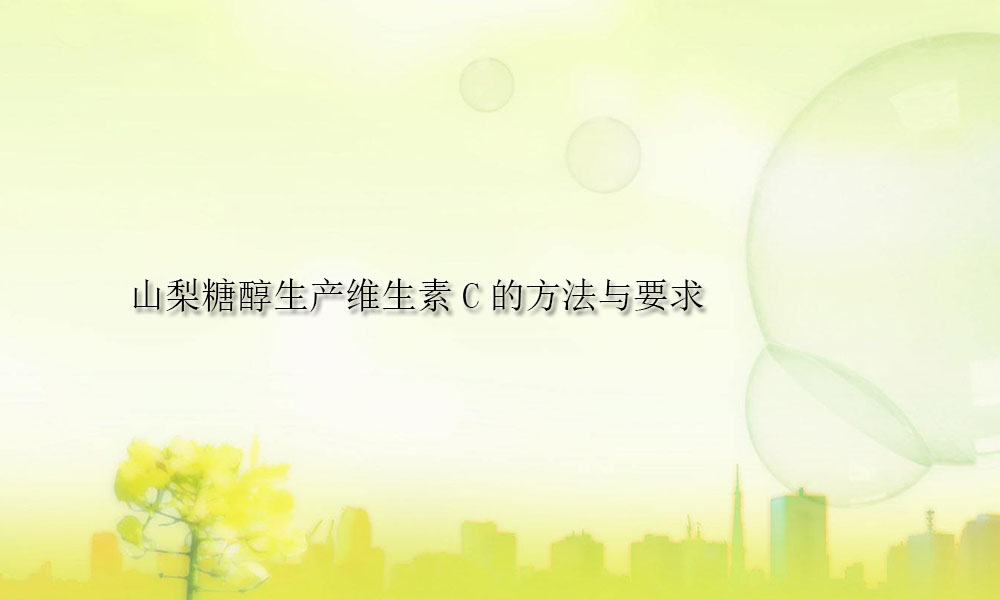
According to the supply of sorbitol: sorbitol, also known as sorbitol . It is white hygroscopic powder or crystalline powder, flakes or granules, odorless. Depending on the crystallization conditions, the melting point changes in the range of 88~102℃, and the relative density is about 1.49. Easily soluble in water (1g dissolves in about 0.45mL water), slightly soluble in ethanol and acetic acid. It has a refreshing sweetness, the sweetness is about half that of sucrose, and its caloric value is similar to that of sucrose. In the food industry, it is mostly sorbitol liquid with a content of 69~71%. Sorbitol liquid is a clear, colorless, syrupy liquid with a sweet taste, neutral to litmus, and miscible with water, glycerin and propylene glycol. Can be used as nutritive sweetener, humectant, chelating agent and stabilizer.
In terms of pharmaceutical raw materials, the medicinal field of sorbitol continues to expand, and pharmaceutical varieties synthesized with it as raw materials have been successfully developed, among which the more typical ones are isosorbide, isosorbide dinitrate, and 5- Isosorbide mononitrate, dibenzylsorbitol and vitamin C are among the most prominent in the production of vitamin C, accounting for nearly half of its total dosage.
Methods and requirements for producing vitamin C from sorbitol:
1. Method for producing vitamin C using sorbitol as raw material.
The two-step fermentation method uses biological oxidation. First, sorbitol is converted into sorbitol, and then sorbose is further oxidized into gulonic acid. Sodium carbonate is used to neutralize the gulonic acid to obtain sodium gulonate. Gulonic acid is obtained by dissociation, sedimentation, secondary exchange, concentrated acid, crystallization and drying. Guronic acid is esterified and transformed to obtain vitamin C sodium, which is then acidified, concentrated, and crystallized to obtain crude vitamin C. The crude vitamin C product is dissolved, decolorized, cooled and crystallized, and vacuum dried to obtain a qualified refined vitamin C product.
2. Requirements for the raw material sorbitol in the production of vitamin C;
The production of one ton of vitamin C requires the consumption of about 3.5 tons of sorbitol with 50% dry matter. The quality of sorbitol is very important. Vitamin C production and yield have a great impact, so the quality requirements for water sorbitol are relatively high. Generally, the sorbitol content is required to be greater than or equal to 97%.

 微信扫一扫打赏
微信扫一扫打赏

